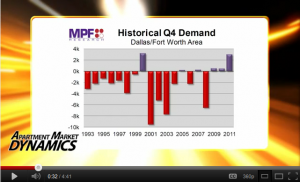By Daniel J. Sernovitz Staff Reporter – Washington Business Journal
I believe this quote from the article reflects an important trend in multifamily, indeed all residential development, re-development and infill: “People are paying a premium to be within a one-block radius of a Metro station, and properties within walking distance of Metro stations continue to be a strong lure for investors,”…
One thing the article doesn’t cover is where prices are vis-a-vis replacement cost… makes me wonder where they are in their apartment market cycle-
See the whole article here: DC Multifamily Sales Surge in 2011
